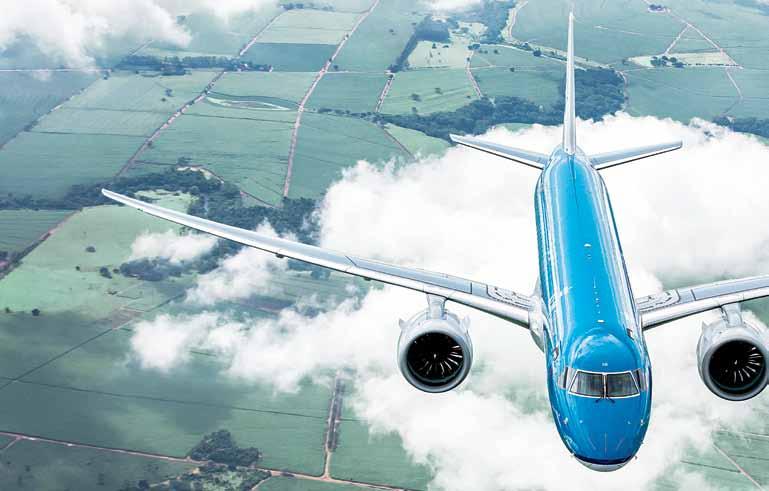Technology Aircraft Security
F-35 With Electronic Warfare Suite for Self-Protection
THE GROWING SIGNIFICANCE OF AERIAL SELF-PROTECTION SYSTEMS The immense popularity of Self-Protection Suites (SPS) despite their cost, indicates that the missile threat to high value aircraft is increasing
Photograph: USAF
By Joseph Noronha In October 2020, two remarkable new aircraft arrived in India. They are custom-built Boeing 777-300ER wide-body planes for use by Prime Minister Narendra Modi and other VVIPs. Although the Boeings are part of Air India’s fleet, they are flown by Indian Air Force (IAF) pilots. One reason for the IAF’s close involvement is that the two aircraft have ultramodern aerial defensive systems designed to avert or frustrate missile attacks. Called the Large Aircraft Infrared Countermeasures (LAIRCM) Self-Protection Suites (SPS) these systems come under a hefty $190 million deal. In earlier days, self-protection systems were essentially meant for combat aircraft, while other aircraft simply flew out
www.sps-aviation.com
of range of missile threats. However, the growing lethality and complexity of long-range missiles means that no aircraft is safe from attack. That is why aerial SPS are becoming ubiquitous. SURVIVAL STRATEGY When an aircraft flies in a potentially hostile environment, a host of factors determine whether or not it will emerge unscathed. The most important factor is the aircraft’s threat detection and selfprotection capability. One essential feature is a good Radar Warning System (RWS), for instance, Raytheon’s ALR-69A, the world’s first all-digital RWS. It claims to provide long-range detection and accurate identification even in dense signal environments.
ISSUE 4 • 2021
25












